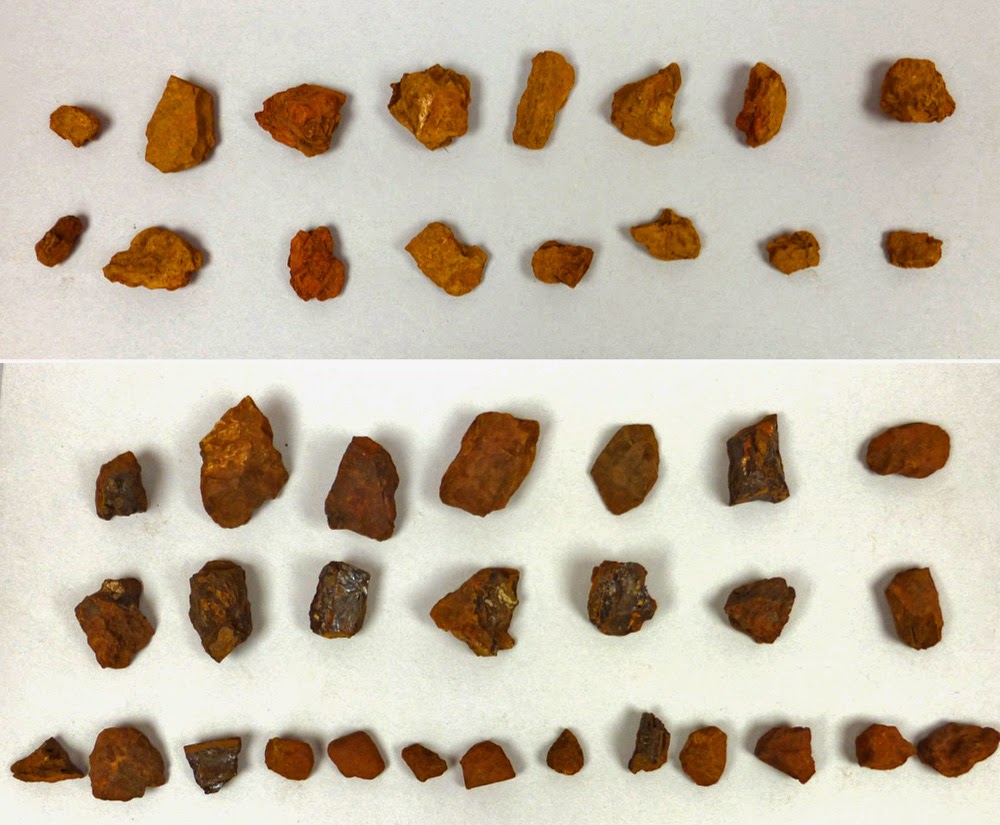Unlike the blazing sunshine of previous years, the September morning of our third annual Pitt Fest dawned cold and drizzly. Would the weather dampen the appetite of event-goers? Not at all; more than 3300 people came to make, handle, listen, watch, dance, eat, drink and be inspired on the Museums’ lawn – exceeding last year’s attendance by at least 10%.
So what is the point of Pitt Fest? Of course it’s a great deal of fun but there are more fundamental reasons behind it. Two of VERVE’s aims are to impart a clearer message of what the Museum is (or can be) about, and to increase participation. The project’s interpretation of the Museum is not necessarily one of anthropology or ethnography but of technology. Many of the collections are handmade, pre-industrial artefacts that suggest intimate knowledge of materials, design and techniques. Pitt Fest takes just some of the ingenious craft processes evident in the collections and makes them accessible and immediate outside the Museum, to re-engage people of all ages with their hands, and to see things ‘being made’ to contextualise and reanimate those static objects sitting behind glass.
 |
| Volunteer Tim Renders and the Museum's Director Dr Mike O'Hanlon welcome visitors to Pitt Fest 2015 © Pitt Rivers Museum |
So what is the point of Pitt Fest? Of course it’s a great deal of fun but there are more fundamental reasons behind it. Two of VERVE’s aims are to impart a clearer message of what the Museum is (or can be) about, and to increase participation. The project’s interpretation of the Museum is not necessarily one of anthropology or ethnography but of technology. Many of the collections are handmade, pre-industrial artefacts that suggest intimate knowledge of materials, design and techniques. Pitt Fest takes just some of the ingenious craft processes evident in the collections and makes them accessible and immediate outside the Museum, to re-engage people of all ages with their hands, and to see things ‘being made’ to contextualise and reanimate those static objects sitting behind glass.
 |
| Romilly Swann of The Outside demonstrates natural dyes © Pitt Rivers Museum |
This years theme was 'handmade' crafts. So visitors to ‘Pitt Fest: Handmade’ could learn about dyeing techniques with The Outside, fire-making with Axe and Paddle Bushcraft, see a pole-lathe in action with Alistair Philips, or have a go at stone carving, leatherwork or basketry with Nancy Peskett, Katherine Pogson or the Friends of the Pitt Rivers Museum.
Of course no festival is complete without music, shopping or food, and we tried to inject a global flavour into our line-up; you could try Tibetan dumplings or Peruvian ceviche (raw fish) whilst listening to Ugandan song or Brazilian capoeira, before perusing the market stalls of fair-trade and local artisanal goodies.
Families could have a go at face-painting, object handling making badges or a host of other creative activities run by museum volunteers. All day long, the these tables were filled with people of all ages busy making clay pots, paper hats, stick harmonicas, peg dolls and willow hurdles.
Families could have a go at face-painting, object handling making badges or a host of other creative activities run by museum volunteers. All day long, the these tables were filled with people of all ages busy making clay pots, paper hats, stick harmonicas, peg dolls and willow hurdles.
  |
| Volunteers and expert paper milliners Emma and Megan (left) and staff from the Museum of English Rural Life (MERL) from Reading (right) © Pitt Rivers Museum |
 |
| Volunteers Liz and Martin teach people how to weave willow © Pitt Rivers Museum |
 |
| Volunteer Damon showing a visitor an mbira (thumb piano) © Pitt Rivers Museum |
To get a taste of the day check out our short film:
Putting on a festival takes enormous amounts of time, planning, brawn, and goodwill. We are grateful to the many staff, collaborators and volunteers who helped make Pitt Fest 2015 such a success. Now time to start planning next year!


























